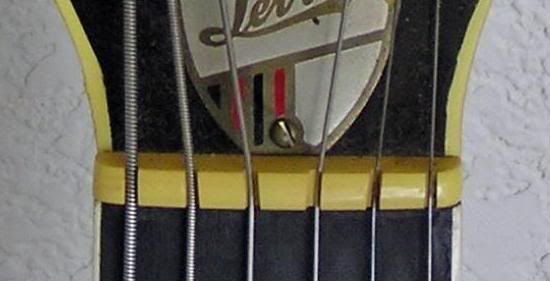I just found this forum while I was over reading some articles at FRETS.
I have (2) guitars that I play regularly. They play very well but after reading Franks article on "action at the nut" I think they can play even better with a little tweaking.
Here's the Q? Frank says he likes to sand down the nut so the strings sit about 1/2 way buried. Can this be done with a sanding block while the nuts in place? Also. After I finish the fine tuning and sanding what should I use to polish the nut?
Thanks.
I have (2) guitars that I play regularly. They play very well but after reading Franks article on "action at the nut" I think they can play even better with a little tweaking.
Here's the Q? Frank says he likes to sand down the nut so the strings sit about 1/2 way buried. Can this be done with a sanding block while the nuts in place? Also. After I finish the fine tuning and sanding what should I use to polish the nut?
Thanks.
Views: 169
Replies to This Discussion
-
Yes....I say you should tape off both sides od the nut so you don't fruck up the finish or the flingerboard( I meant flingerboard).fFrank seems to know somethimg about this..Curious, don't you think?(deliberate "m"....I find it quite English.."Start with aggressive 60 grit till you get close....then attack with lesser grades..You can go to 600 grit and to 0000steel wool and get good resuklts...
-
If there is quite a bit to remove I like to use a safe edge file (see Frank's site) after covering the surrounding areas with several layers of masking tape. Then proceed as previously described with sandpaper. The fine steel wool leaves a good looking sheen on bone. You can also use a small rotary buffing pad with a Dremel. The residue from this operation tends to leave some objectional color in the bone (an in the slots), but it usually can be removed with a mild solvent.
Ronnie Nichols
-
Thanks for the replies.
-
I'm confused. Are you trying to lower the action, carve down the top of the nut, or both? You'll need a good set of nut files if you wish to lower the action at the first fret.
-
Hi Christian. Sorry for the confusion. Yes. It's both. I do have a full set of nut files that correspond to the string gauge that I use. After viewing how low Frank gets his action at the nut and subsequently sands/files down the top of the nut I decided to do some micro-tweaking myself. I just needed some experienced advice on the best ways to cut down and polish the nut height after filing the slots.
-
i'd just remove the nut i mean how hard is that...unless of course it's finished over and then youve got alot more to worry about than poishing when your through...i usually remove them and use a belt sander to reshape ...hope that helps
-
Hi Nick. I guess the re-shaping and polishing would be easier with the nut out. Do you mark the amount of material you're going to remove by drawing a line while the strings are on.
-
If you are just trying to get it down to the point of leaving 1/2 of the string diameter...you can leave it on..hog the major part out with coarse grit or file, and finesse the rest..work slowly when you get close to that point, and brush and check...You can trust your eyebells, unless you need old man glasses...This would be a good time to use them..
-
I do it like the thefishinmusician. I push the strings to the sides - tape/file/sand. When I get close, I use the strings to get the slot depths correct. Buff it out and tune.
-
I find the height of the actual nut to be more of a cosmetical issue.
I have an old seventies guitar with the original nut, which is rather high, which has resulted in deep slots, to get the proper action. I have thought of sanding it off but then it would lose its vintage yellowish color. As long as the slots made with correct depth and they are wide enough for not gripping the string, what´s the deal with the height of the nut?

Regarding the action at the nut, I have followed the method descriped by Frank Ford since I started doing the setup myself, and I think its brilliant in its simplicity. I read about people making measurements relative to the top of the fingerboard, individual for each string, but my experience is that they all should be at the same height. Or at least could to fit most players needs. And this is where You end up by following Franks guide...
I have participated in debates on this in a Swedish forum and my conclusion is that the "zero fret" is a hard to beat solution.
If find some backing up of this in Franks article in his definition of "the ideal nut height":
"Is there an ideal height? In theory, yes. The ideal height would be just about the same as a fret's height in the same position as the nut."
This is what the zero fret does. The remaining function for the nut is to keep the string in its position, sideways.
© 2025 Created by Frank Ford.
Powered by
![]()